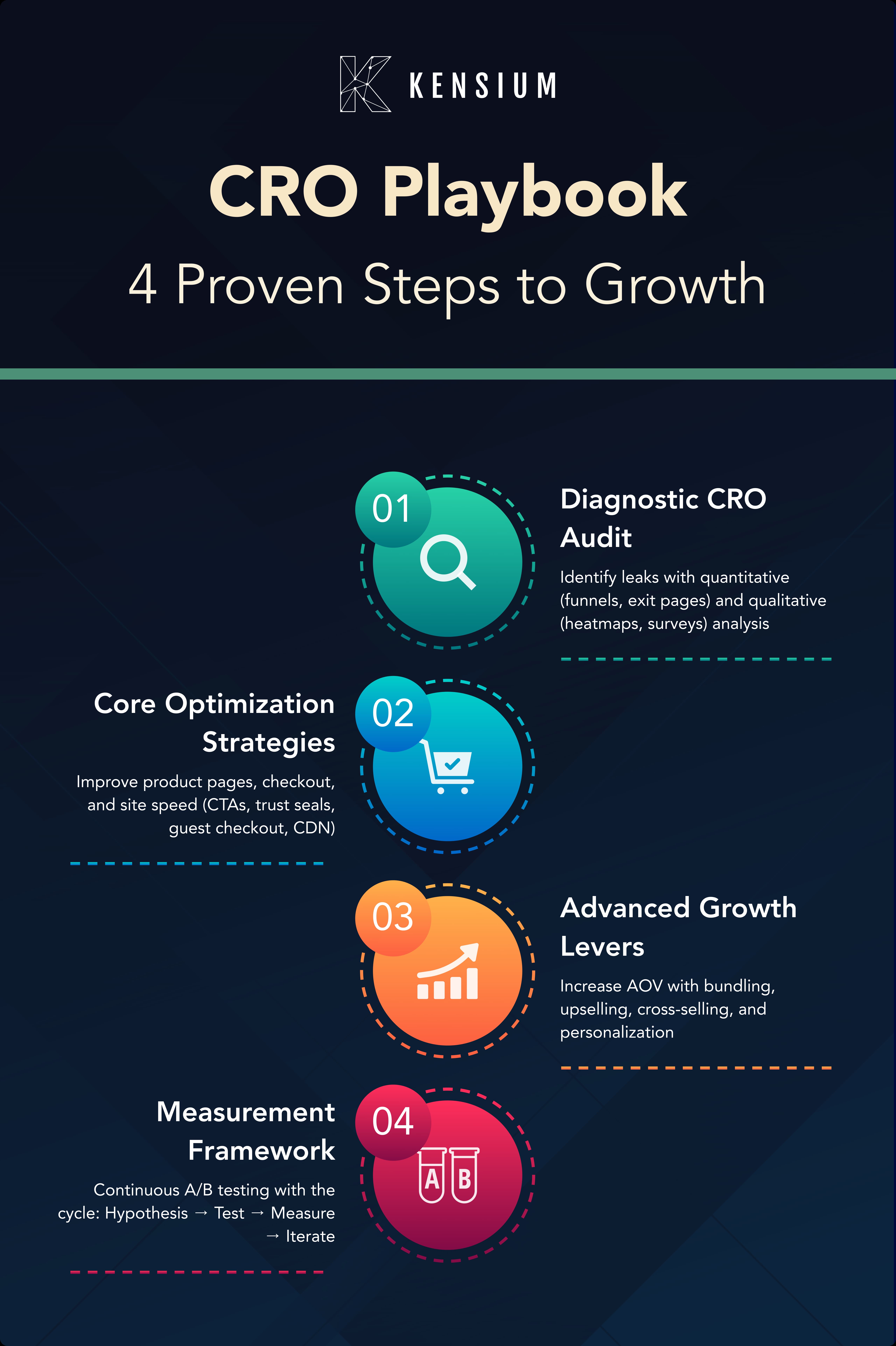
After eight years of being an advertising-based service, Google recently took a massive step by opening its shopping search results to unpaid, organic listings. Since physical stores have temporarily shuttered during the COVID-19 pandemic, digital commerce has become a lifeline for retailers. And as consumers increasingly shop online, their attention begins to meander from searching for essentials to searching for things like toys, apparel, and home goods. Now, Google Shopping surfaces free product listings if it is deemed relevant to the user’s search query.
The best way to get started optimizing your products for Google Shopping listings is through the Google Merchant Center. Previously, an eCommerce operation would have had to pay for ad placement on Google Shopping. The Merchant Center lets online shopkeepers upload all store and product information to Google so that data will show up on any organic listings generated by Google’s algorithm. The Merchant Center also allows merchants to track performance on unpaid listings, and even apply promotions that will pop up as suggestions relevant to user searches. Keep in mind, though; Google still plans to charge companies for top placement as promoted listings.
Google’s new policy on its Shopping page comes as a direct response to the coronavirus crisis, in which many brick and mortar retailers have had to close their doors. “For shoppers, it means more products from more stores, discoverable through the Google Shopping tab. For advertisers, this means paid campaigns can now be augmented with free listings,” said Google Commerce President Bill Ready, in a statement announcing the change.
Here’s how the new program will work:
Distribution Of Ads And Free Listings
Paid and unpaid ads are technically distinct from one another on search results and formatted like the image above. Google designed this formatting to help merchants using unpaid ads: To the everyday consumer scrolling casually through search results, the different ad types will all look approximately the same.
Product Feed-Powered
A product feed is a file or spreadsheet that contains structured content on all the products you sell, including description, title, images, availability, pricing, and more. You’ll need to upload this product feed to the Google Merchant Center for your products to appear as organic listings.
Product feeds can be manually created in Excel or Google Sheets, but this takes a lot of time and effort. Your best bet is to generate the product feed automatically; most eCommerce platforms have plugins that automate product feed generation.
New ECommerce Integrations:
Merchants using PayPal can link those accounts to Google Merchant Center, which allows Google to pull in seller details and verify merchants faster.
Google has also partnered with popular eCommerce platforms like Shopify, WooCommerce, and BigCommerce to create Google Shopping integrations. These partnerships have made Google’s digital marketing more accessible to a broader range of businesses, allowing merchants to optimize their Google Shopping campaigns and enhance their Ad listings from their eCommerce platform.
How To Opt-In
If you’re an existing user of Merchant Center and Shopping Ads and you’ve already opted in to the “Surfaces across Google” program, you might already be eligible to show your products in unpaid Google experiences.
To opt-in:
- Within the Merchant Center, select “Growth.”
- Select “Manage programs” in the left navigation menu.
- Select the “Surfaces across Google” program card.
From here, you’ll be able to update products to your product feed, making even more products discoverable as free listings.
For new Merchant Center users who are interested in joining the program, it’s open to you today and does not require Google Ads. As a rule, keep your eye out for updates. Google is doing this in response to the pandemic, so Google Ads guidelines are liable to change.
If you’re still unsure about using Google Shopping effectively and want to work with someone, contact our Google marketing experts at Kensium for assistance with your strategy.








.png)


































